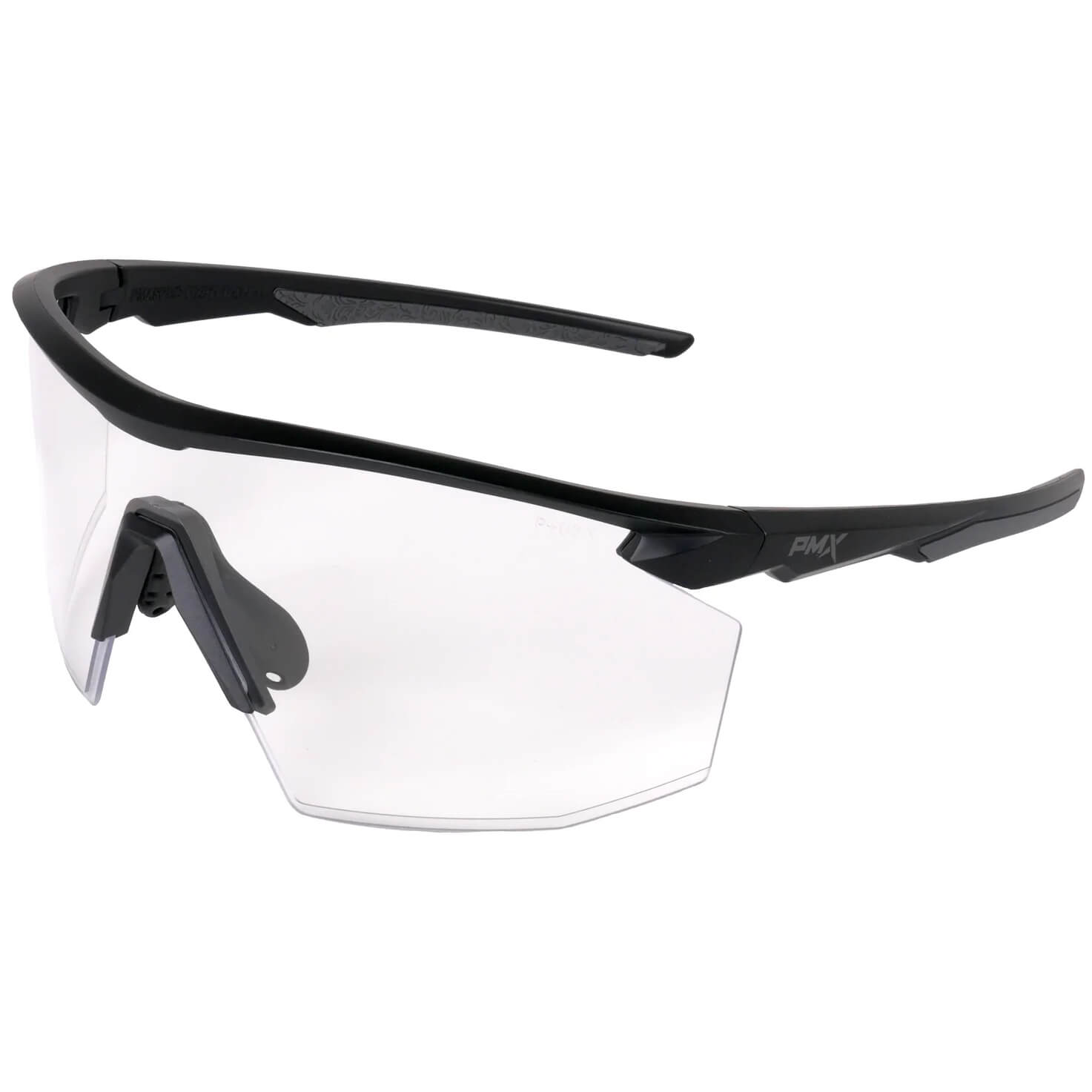Fireworks Are Responsible For Many Eye Injuries
The 4th of July holiday is known for parades, cookouts, and fireworks. However, it is important to note that every year, approximately 11,000 people end up in the emergency room due to firework-related injuries. Shockingly, 18 percent of these injuries involve the eyes, making eye injuries the second most common type after skin burns. Bottle rockets are particularly dangerous, accounting for 15 percent of all eye injuries caused by fireworks.
Eye injuries caused by fireworks can have severe consequences, with one-third of cases leading to lasting eye damage and one-fourth resulting in partial or complete blindness. It is especially concerning that children under 15 are the most commonly affected. Even seemingly harmless sparklers, which many children enjoy, can cause significant harm and account for 10% of all fireworks-related injuries. It is important to note that sparklers can reach incredibly high temperatures of up to 1,800 degrees, which is hotter than the melting point of gold.
The best way to enjoy fireworks safely and securely on the 4th of July is to attend a public fireworks display. Professional shows are far less likely to injure spectators, making them the safest option. It's known that most fireworks-related injuries occur at home with friends and family.

Treating Fireworks Eye Injuries
Knowing what to do when an injury occurs can help prevent severe injury and minimize damage. Take the following steps when fireworks cause harm.
1. Stay calm. Keep the victim as relaxed as possible too.
2. Seek medical attention immediately. Even if the injury seems mild, damaged areas can quickly worsen if proper treatment does not occur immediately.
3. When the injury is to an eye, do not rub it, and be vigilant in keeping a child's hand away from the wound. Pressure often does more harm than good regarding an eye injury.
4. Avoid rinsing the injured eye since this can be even more damaging than rubbing it. Instead, shield the eye from contact by covering it with a foam cup, milk carton, or something similar, and use tape to secure the makeshift patch.
5. Avoid taking pain medications or applying creams or lotions to an eye injury. Pain medication can thin the blood and cause increased bleeding; ointment can make the eye slippery and the physician's job more difficult. We agree fireworks are fun, but always wear eye protection.

Preventing Fireworks Eye Injuries
Even better than knowing how to treat eye injuries properly is preventing them from happening in the first place. Consider the following advice to help keep fireworks displays fun and from taking a disastrous turn.
1. Attend a professional fireworks display and refrain from non-professional displays at someone's home. Professionals know how to handle fireworks and will keep their audience at a safe distance.
2. During non-professional fireworks displays, have everyone present wear safety glasses. Safety glasses are the best way to prevent most eye injuries.
3. Remember that regular glasses and sunglasses will probably not prevent injury. Instead, they are likelier to break or shatter and cause additional harm.
4. Concerning children, proper adult supervision goes a long way in preventing injury.
5. Besides properly supervising children, insist they wear children's safety glasses during the display.
To avoid severe eye damage, it's important to follow some basic safety precautions. Additionally, it's helpful to understand the proper treatment protocols for minimizing the harm in case of an injury. Let's celebrate our nation's independence responsibly and avoid trips to the emergency room.







